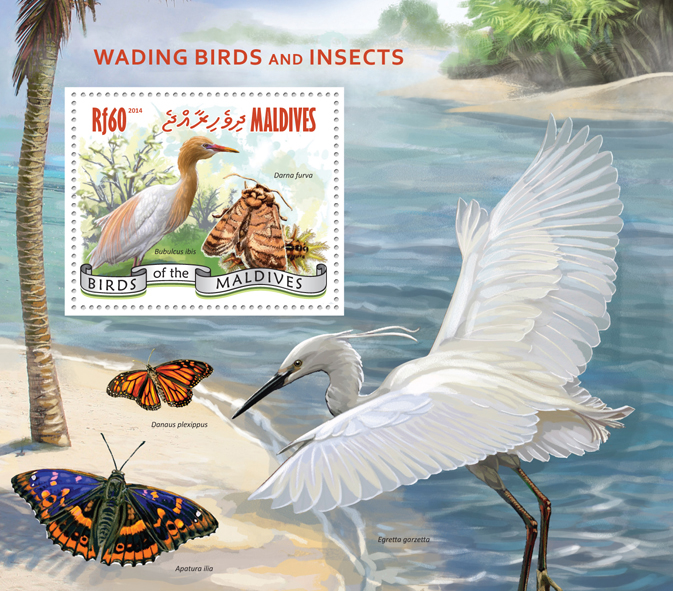The number of nesting wading birds in South Florida, a key measure of Everglades health, sunk to a decade-long low last year, according to a South Florida Water Management District report released this week, the latest in a 22-year tally. Just over 26,000 nesting birds were counted across the Everglades and in Lake Okeechobee last year, well below the 10-year annual average of about 42,000.
Biologists track five different wading birds that historically nested in such vast numbers that John Audubon famously claimed they blocked the sun when they took to the air. While some — white ibises, wood storks and great egrets — show long-term increases, their colonies remain far below what they once were. “They’re telling a story. And when a decline as dramatic as this occurs, we really need to take that seriously,” said Julie Hill-Gabriel, Audubon Florida’s director of Everglades policy.
Overall, nesting among white ibises (Eudocimus albus), the Everglades’ most common bird, dropped 45 percent last year. Wood storks (Mycteria americana) fell 38 percent, and great egrets (Ardea alba) were down 7 percent. The steepest drops were in little blue herons (Egretta caerulea), which fell 61 percent, and snowy egrets (Egretta thula), which dropped by 51 percent.
Read more here: http://www.miamiherald.com/news/local/environment/article136905073.html…

- Login om te reageren
